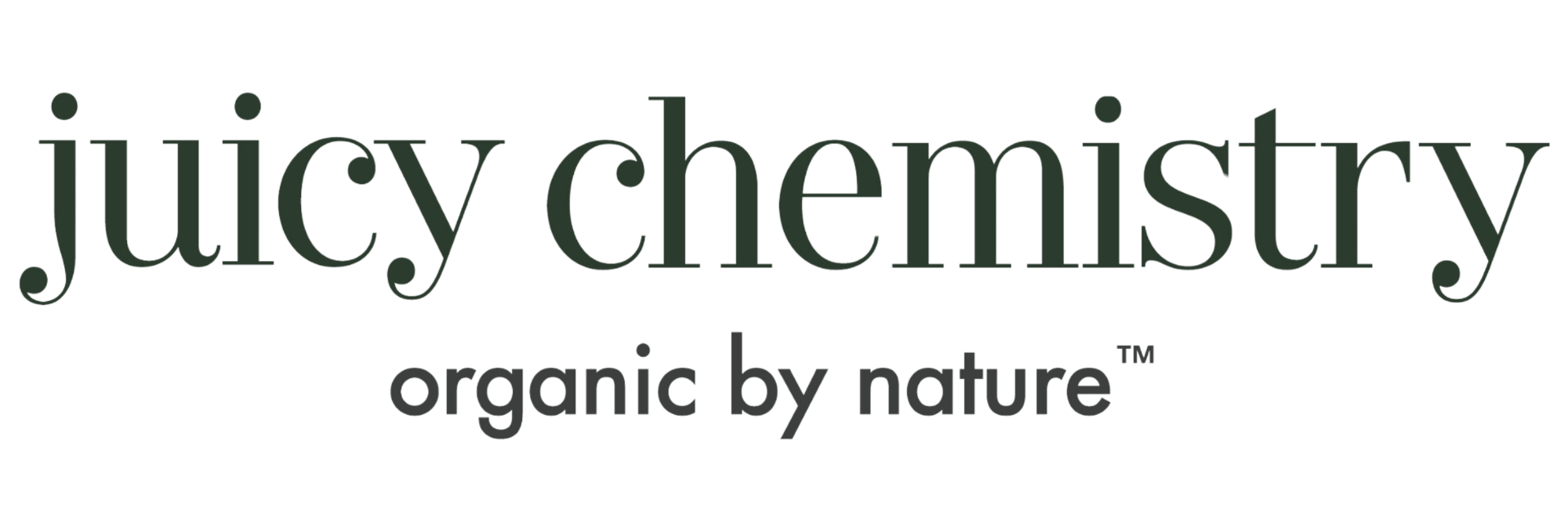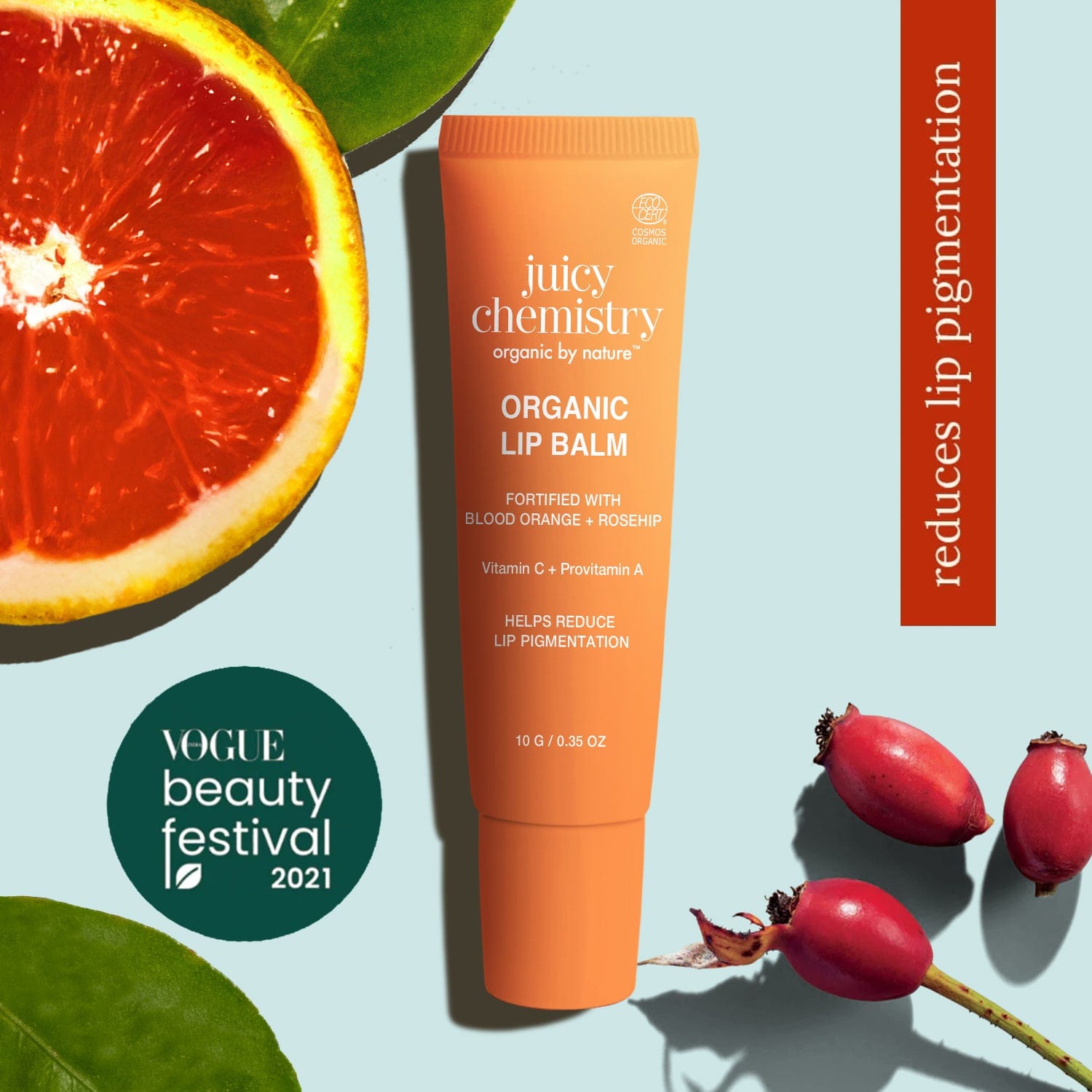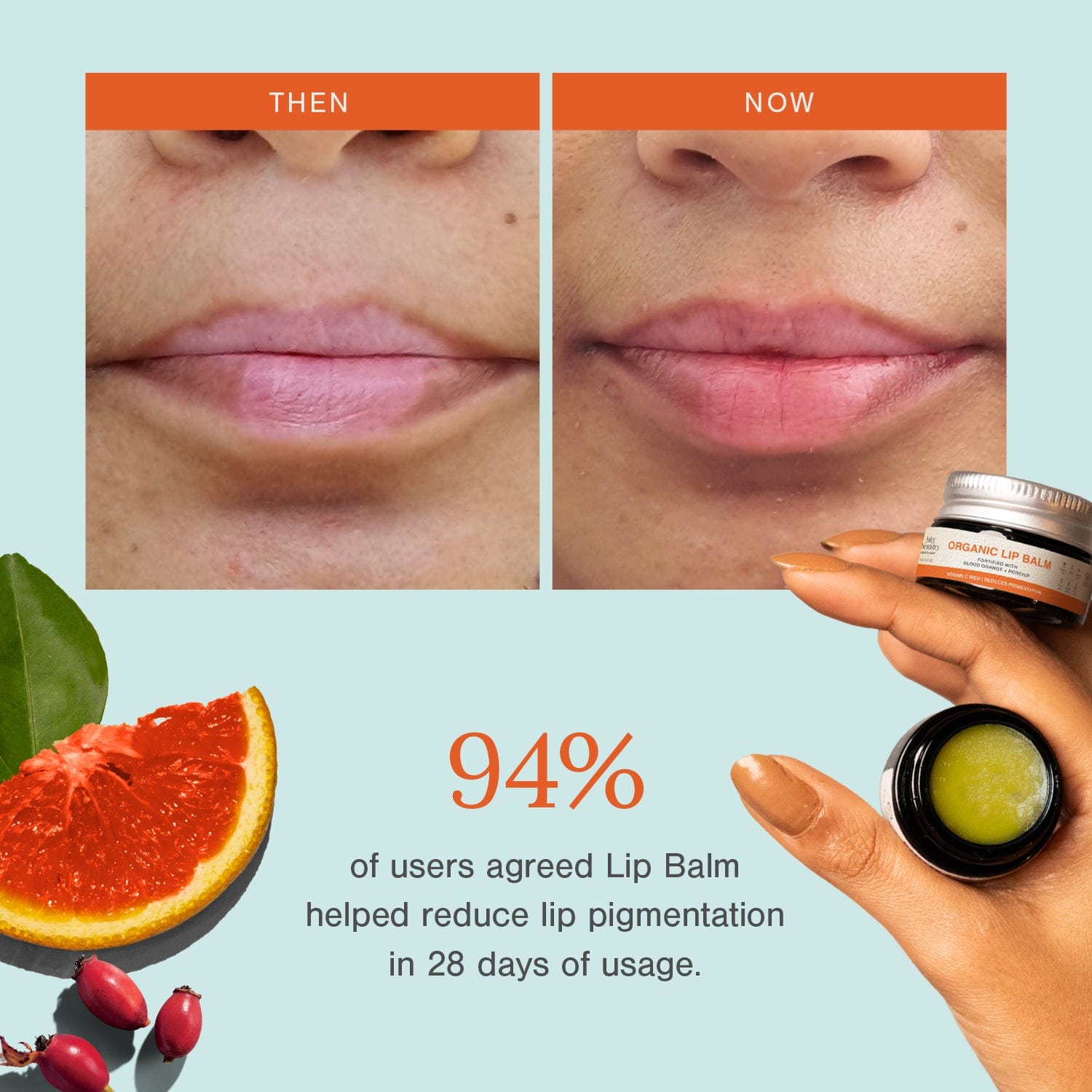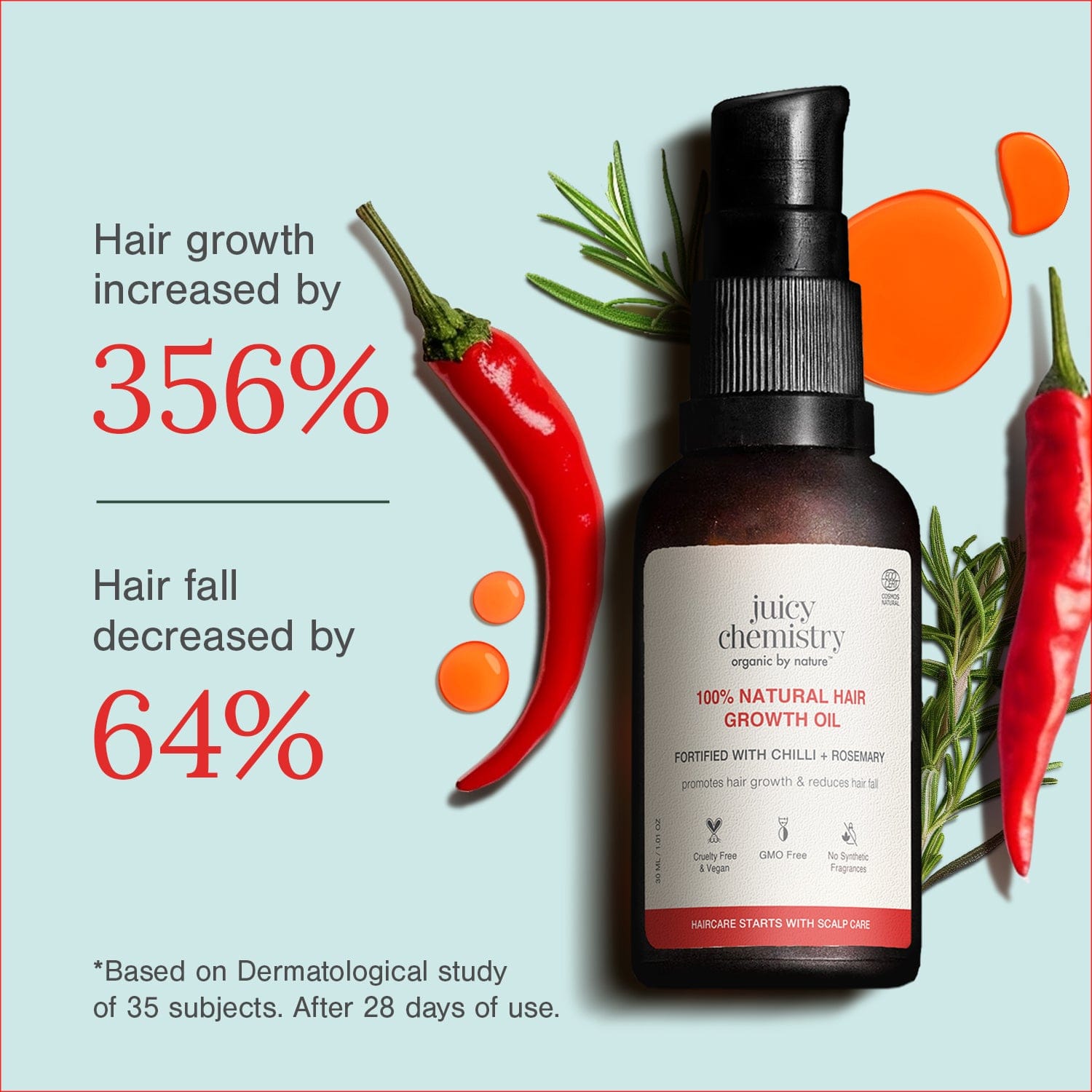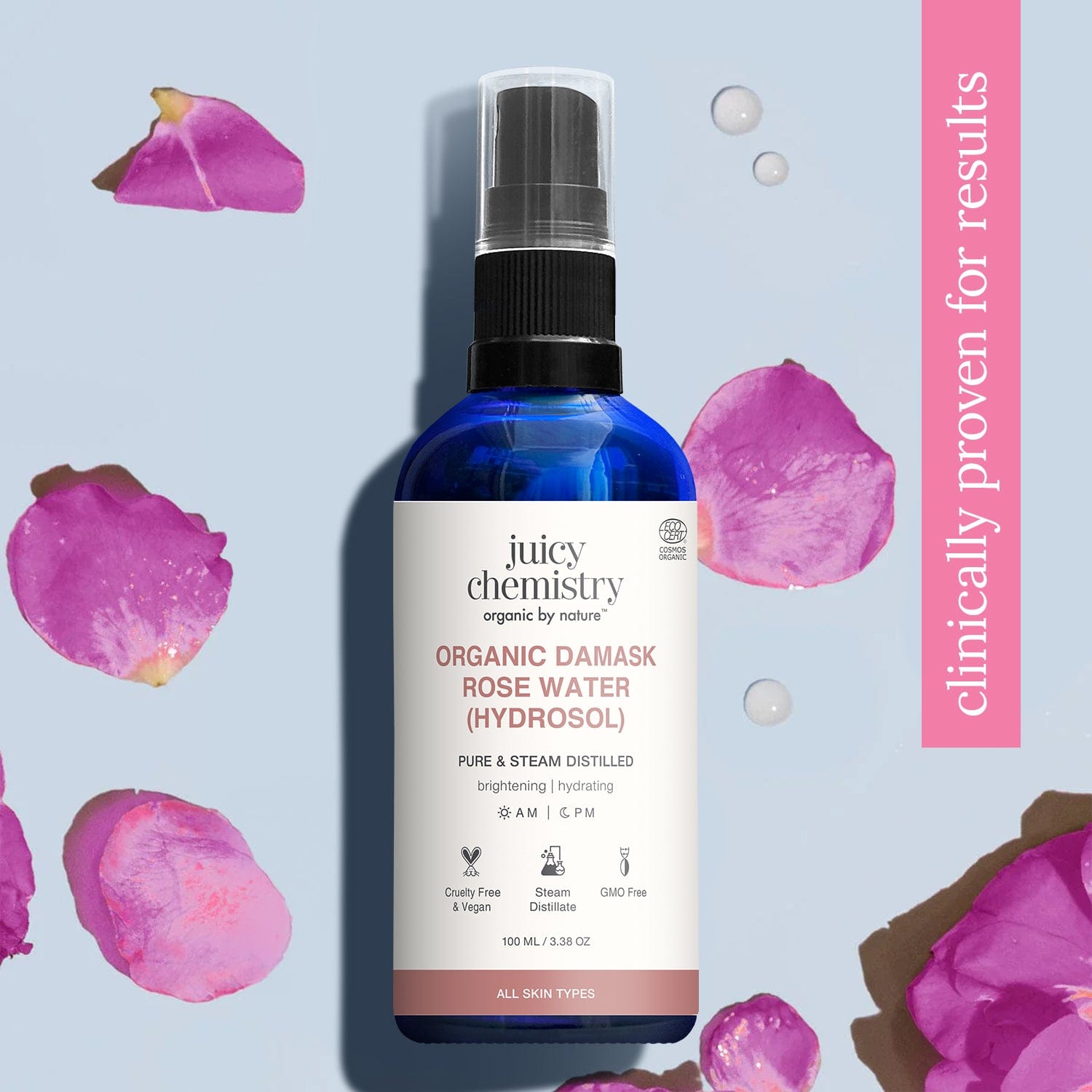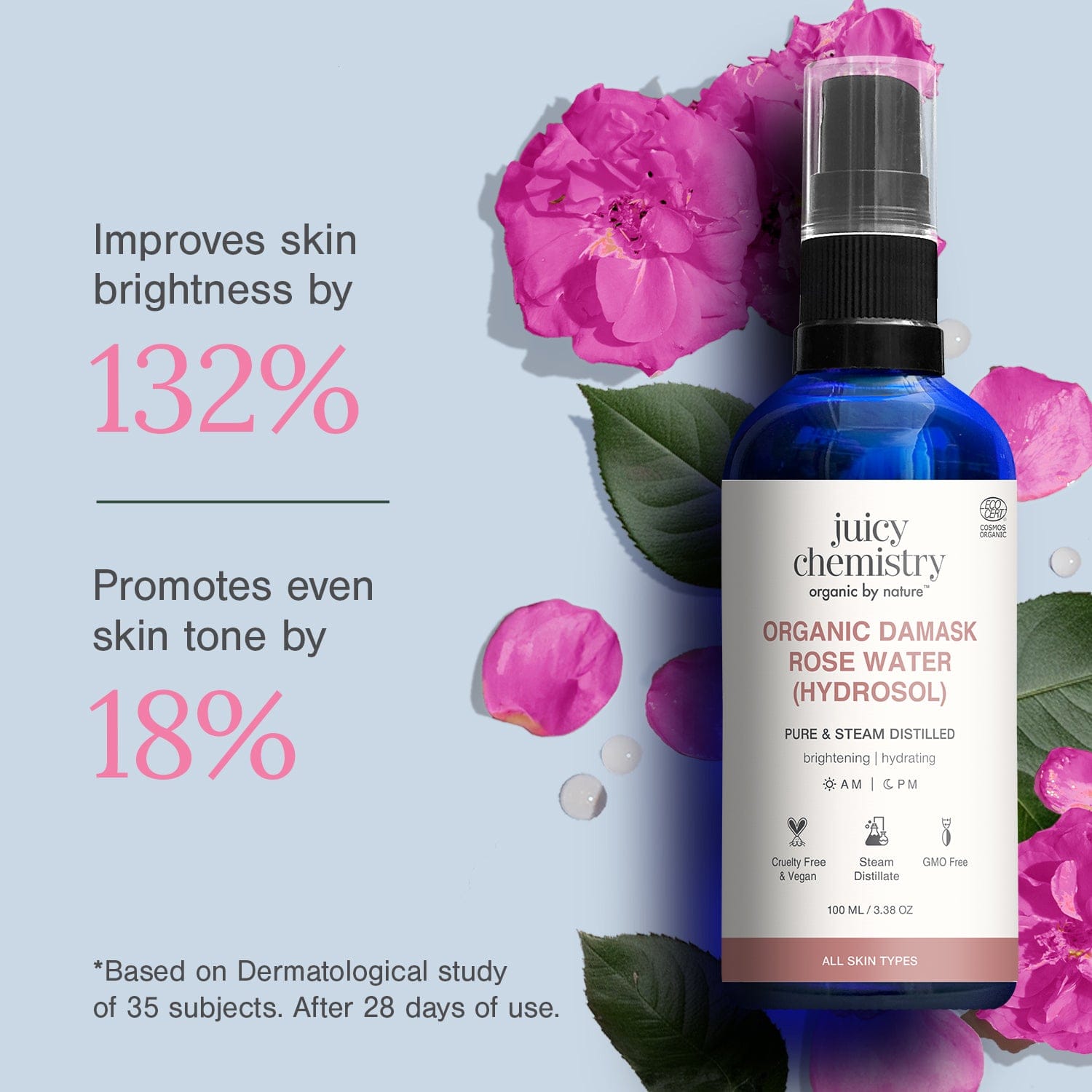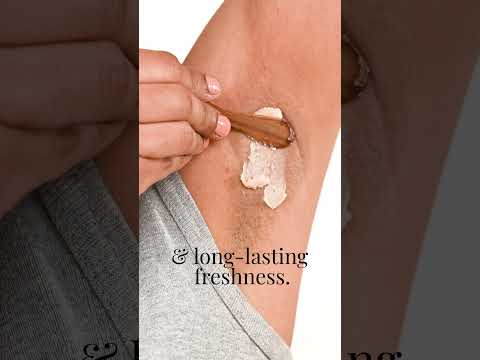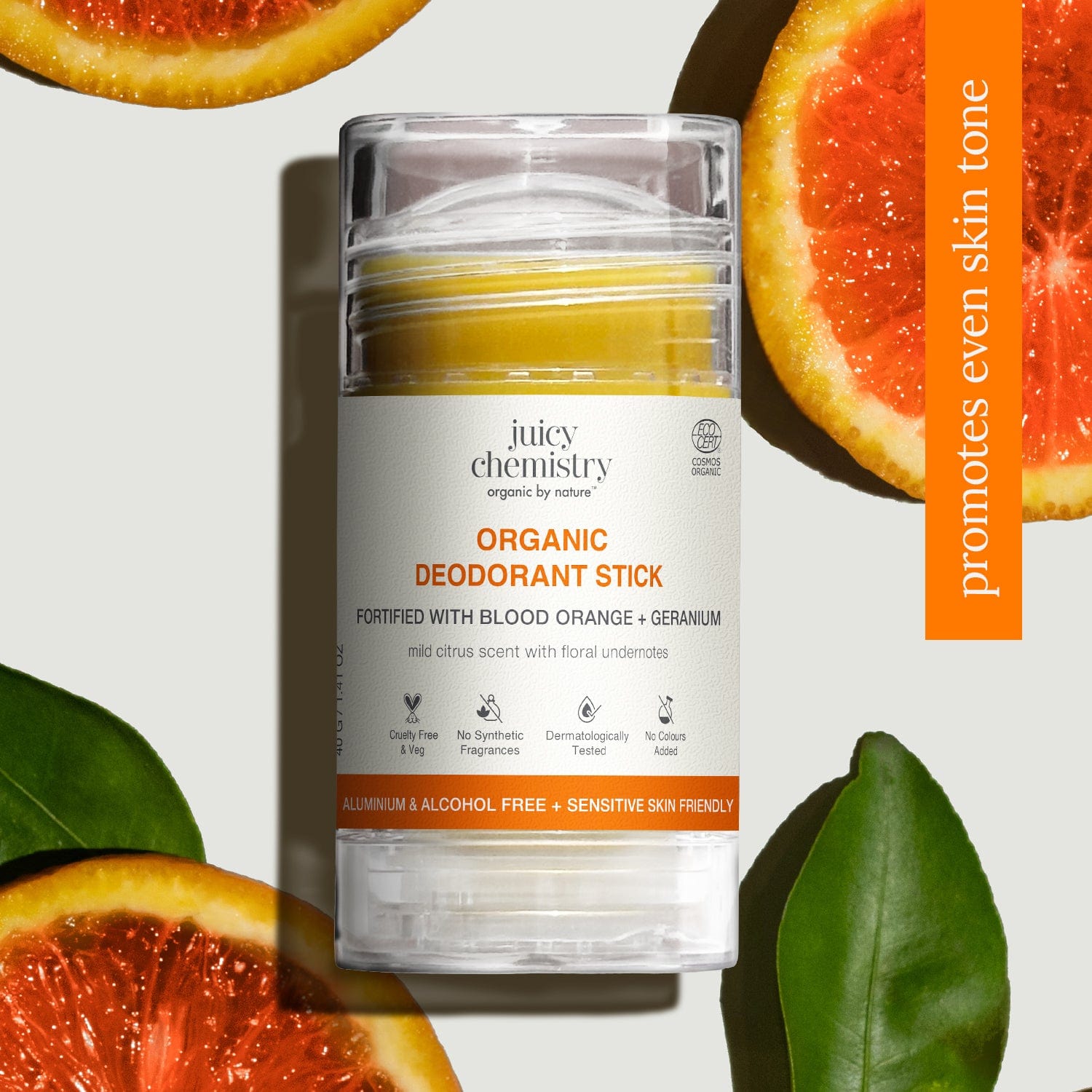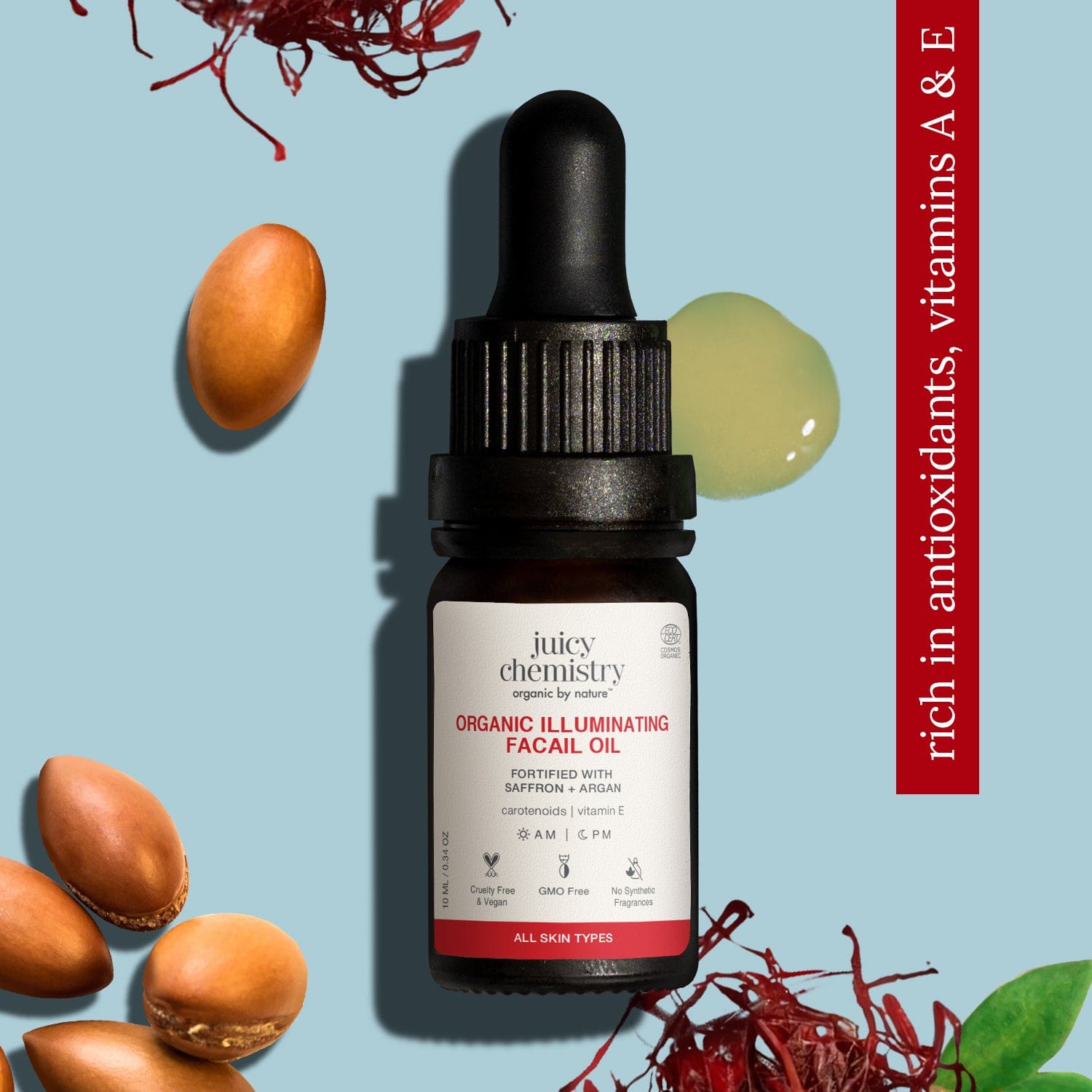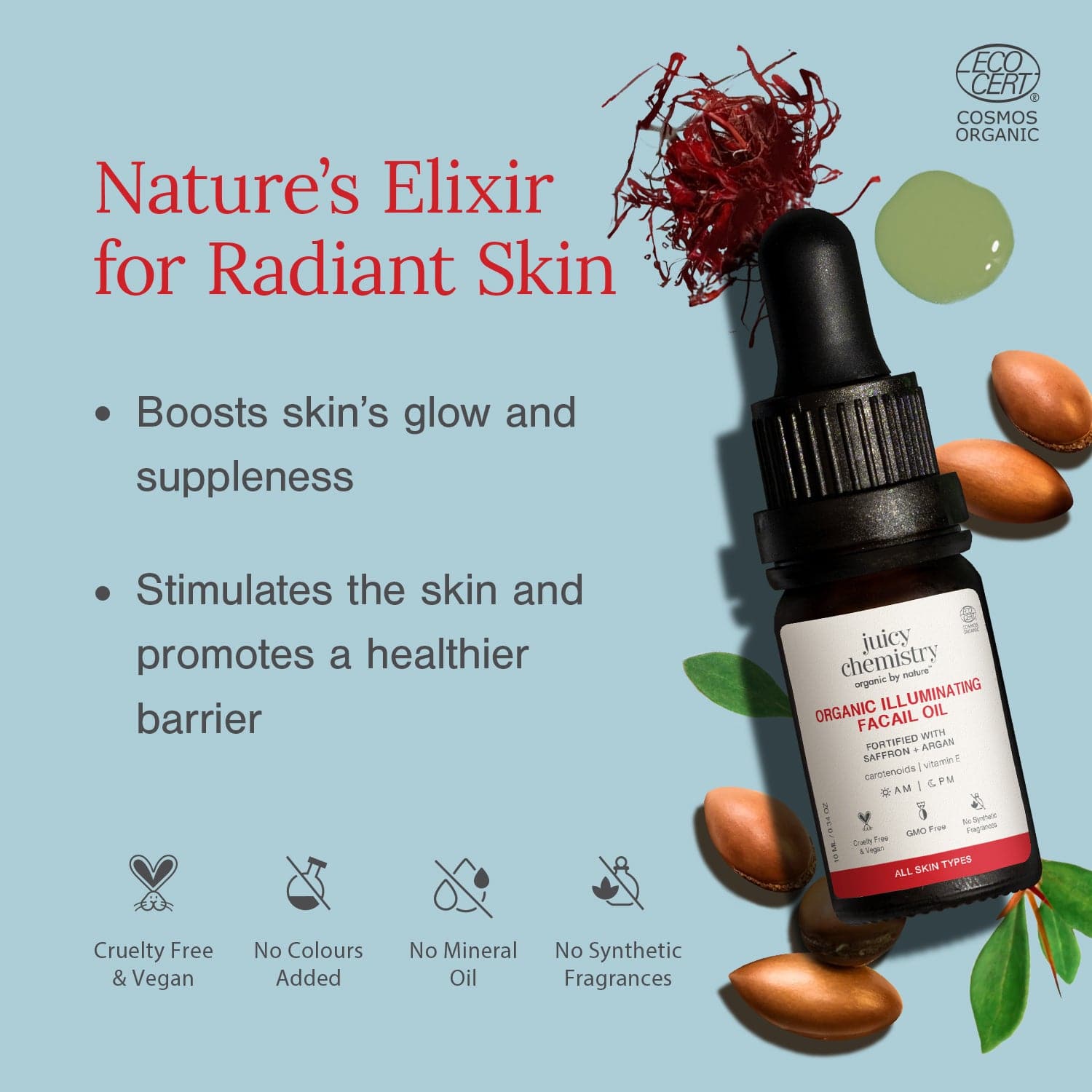How to Get Rid of Whiteheads: 4 Effective Ways
May 24, 20214 Effective Methods to Eliminate Whiteheads
Whiteheads rank among the most prevalent skin issues for individuals with oily skin. If not addressed, they can become inflamed and develop into acne. Before we explore how to eliminate whiteheads from the nose and face, let’s first understand what they are and the reasons behind their occurrence. Keep reading!
What Exactly Are Whiteheads?
Similar to Blackheads, whiteheads are also a form of comedonal acne. Both types arise from clogged pores; however, in the case of blackheads, the pore remains open, while with whiteheads, the pore stays closed. This is why whitehead acne is often referred to as a ‘closed comedo.’
Whiteheads form when hair follicles become blocked with sebum, dead skin cells, dirt, and bacteria without the pore opening. The tip typically appears pale yellow or white, which is how they got their name! They are most commonly found on the face, neck, back, and shoulders, but can also develop in areas of the body that experience friction.
Whiteheads are a mild variant of acne and typically do not lead to inflammation. If you notice tender, inflamed bumps resembling a whitehead, it is likely a ‘Papule’ with pus at the tip.
What Triggers Whiteheads?
Whiteheads are fundamentally closed, clogged pores. Now, let’s examine the various potential causes of clogged pores that result in whiteheads.
- Hormonal fluctuations: The primary factor behind any type of acne is hormonal imbalances, which are often triggered during puberty, pregnancy, and menopause. Significant hormonal shifts can affect sebum/oil production and potentially block the pores.
- Genetics: Research indicates that genetics also significantly influence the development of different types of acne, including whiteheads.
- Accumulation of dead skin cells: When dead skin cells are not regularly shed, they can clog the pores along with sebum and dirt.
- Inadequate cleansing: Regular exposure to dust and environmental aggressors makes it essential to thoroughly cleanse the skin, especially at night, to aid in skin repair.
How to Eliminate Whiteheads on the Face?
Here are some quick remedies and lifestyle adjustments you can implement to remove whiteheads and minimize their recurrence:
-
Facial Steam
Steaming is a simple and effective method to eliminate whiteheads at home. It helps soften the skin and open the pores. Steam your face once or twice a week for 5 to 10 minutes until you feel the pores have opened up.
After steaming, rinse your face with lukewarm water and gently wipe away the whiteheads and dead skin cells using a soft towel.
-
Oatmeal Scrub
Regular exfoliation with a gentle scrub can effectively cleanse the pores to remove whiteheads from the nose. Combine 2 teaspoons of oatmeal, 1 teaspoon of brown sugar, and 1 teaspoon of a non-comedogenic carrier oil like hemp seed oil or argan oil.
Create a smooth paste and apply it to the areas prone to whiteheads. Allow it to sit until it becomes semi-dry. Gently scrub to cleanse the pores and rinse with lukewarm water. This scrub can be used once or twice a week.
-
Neem Leaves and Turmeric Spot Mask
Create a paste using neem leaves and add a pinch of organic turmeric. Apply it to the affected area and let it sit for 15 to 20 minutes. This treatment helps purify and deeply cleanse the pores. You can use this for spot treatment 3 to 4 times a week.
-
Besan and Sunflower Oil Mask
Mix 3 teaspoons of besan (chickpea flour) with cold-pressed sunflower oil to create a smooth paste. Apply it to the areas prone to whiteheads. Allow it to sit until it becomes semi-dry. Gently scrub to cleanse the pores and rinse with lukewarm water.
This mask effectively cleanses the skin deeply, while sunflower oil nourishes it. You can use this scrub once or twice a week to eliminate whiteheads at home.
-
Used Green Tea Bags
Don’t discard your used green tea bags! Place them on areas prone to whiteheads and let them work their magic for 5 to 7 minutes. The antioxidant-rich green tea helps soothe the skin and enhance its texture.
* A patch test is highly recommended for all these remedies.
If you occasionally experience whiteheads on your face, the above home remedies can be quite helpful. However, if you are dealing with a severe case of whiteheads, it is advisable to consult a dermatologist and pursue a proper whitehead removal treatment under professional supervision.
How to Prevent Whiteheads on the Face
Here are some lifestyle changes that can help reduce the occurrence of whiteheads:
-
Avoid touching your face frequently
Our hands come into contact with numerous objects and can carry dirt, germs, and other unwanted substances. Therefore, it’s best to refrain from touching your face often with unclean hands. -
Opt for non-comedogenic skincare products
Certain skin types are more susceptible to clogged pores, and if whiteheads are a frequent issue for you, it’s wise to choose non-comedogenic products that won’t further block your pores. -
Regularly clean tools and gadgets that come into contact with the skin
Using dirty makeup tools or unclean phone screens and other devices can significantly contribute to clogged skin. -
Use clean laundry!
It’s crucial to ensure that you use clean towels, pillowcases, and anything else that comes into contact with your skin on a regular basis.
While the aforementioned home remedies and lifestyle changes can be quite effective, maintaining a proper skincare routine is essential to prevent whiteheads.
How to Eliminate Whiteheads with a Juicy Chemistry Skincare Regimen
-
Opt for a Gentle and Purifying Cleanser - Cleansing is the cornerstone of your skincare routine. If your skin is susceptible to whiteheads, choose a cleanser that detoxifies the pores and is abundant in antibacterial properties, such as our certified organic Tea Tree, Neem and Rosemary Cold Pressed Soap or Hemp, Tea Tree and Neem Liquid Organic Face Wash.
-
Select the Appropriate Toner - A toner aids in regulating sebum production, tightening pores, and maintaining the skin's pH balance. Our certified organic Australian Tea Tree and Basil Toner, enriched with antibacterial properties, accomplishes all these tasks!
-
Exfoliate Regularly - It is advisable to exfoliate once or twice a week. You can either stick to the DIY methods mentioned above or choose one of our certified organic face scrubs tailored to your skin type. Prior to exfoliation, consider steaming your face to soften the skin, enhancing the scrub's effectiveness. (Note: Always exfoliate using wet fingers and apply minimal pressure.)
-
Apply a Face Mask! - Using a mask can assist in deeply cleansing the pores, removing excess sebum, dirt, and dead skin cells. Try our certified organic Kakadu Plum, Matcha and Blood Orange Face Mask to not only keep whiteheads at bay but also restore your skin's radiance!
-
Choose a Non-Comedogenic Moisturizer or Facial Oil - Your skin requires ample moisture, but it’s crucial to ensure that the ingredients are non-comedogenic. Consider our non-pore clogging Saffron And Red Raspberry Facial Oil or cold-pressed carrier oils like Argan, Hemp, or Rosehip.
-
Treat Your Skin Properly - A serum can infuse potent actives into the skin, clarifying your pores and preventing blockages. Our BHA clarifying serum contains cellular extracts from willow bark, pineapple, and white tea that exfoliate dead skin cells to help unclog pores.
Frequently Asked Questions!
-
Is it advisable to pop whiteheads?
Regardless of how tempting it may appear, it is strongly advised NOT to pop whiteheads or any type of acne. Doing so can result in scarring or potentially worsen inflammation.
-
Can oils be used on skin that is prone to whiteheads?
Absolutely. Numerous oils are lightweight and non-comedogenic, such as Hemp seed, Argan, and Rosehip oils. These oils provide nourishment and hydration to the skin without blocking the pores.
-
What is the typical duration for whiteheads to disappear?
Whiteheads are considered a mild type of acne. They generally resolve on their own within a few days to weeks. However, if they persist or frequently reappear, it is advisable to seek the advice of a dermatologist.
Sources -
